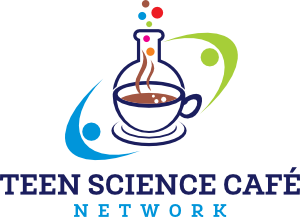Authored by M. Goosman, Youth Leader
Since the 1980s, the technology of genetic engineering has drastically shaped the way we produce medicines, harvest farm crops, and perform research. At this Teen Café, we discussed what genetic engineering is, how it is currently being used, and potential future applications. Our guest researcher, Liz Specht of the CU BioFrontiers Institute, talked about how she’s using these “high-tech” methods to make “low-tech” diagnostics – to develop new ways of detecting disease in isolated settings lacking access to sophisticated lab equipment. She involved the students in a vibrant discussion on the various applications for bioengineering such as the production of GMOs (genetically modified organisms).
More About GMO’s
A genetically modified organism, or GMO, is an organism that has had its DNA altered or modified in some way through genetic engineering.
In most cases, GMOs have been altered with DNA from another organism, be it a bacterium, plant, virus or animal; these organisms are sometimes referred to as “transgenic” organisms. A genefrom a spider that helps the arachnid produce silk, for example, could be inserted into the DNA of an ordinary goat.
That may sound far-fetched, but that exact process was used to breed goats that produce silk proteins in their goat milk. The milk is then harvested and the silk protein is isolated to make a lightweight, ultra-strong silk with a wide range of industrial and medical uses.

